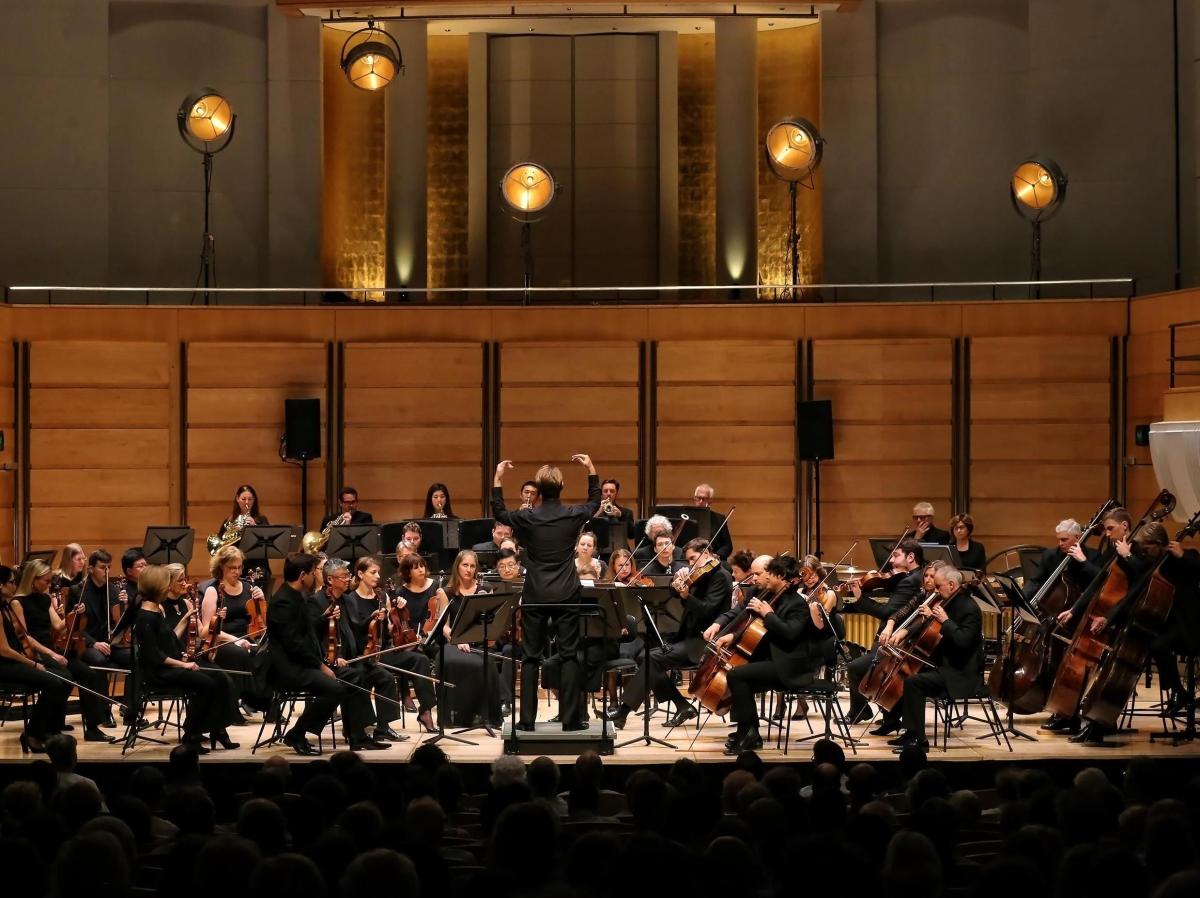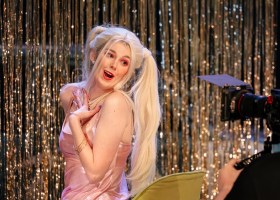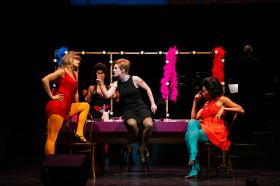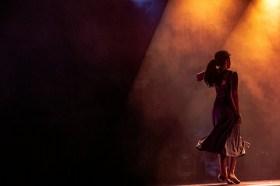Rautavaara,a Sydney Symphony Orchestra program. Photograph by Prudence Upton.
Our passion for all things Scandinavian was indulged this week with a wonderful Sydney Festival performance of music by the renowned Finnish composer Einojuhani Rautavaara who died last year aged 87. Quintessentially Scandinavian in character, Rautavaara’s works evoke a cultural and climatic sound-scape, exploring what it means to be part of the world and yet still apart from it. There is also a palpable urgency to some of his pieces that captures the tumult of the late 20th Century.
This Sydney Symphony Orchestra program offered a mere tasting of this important composer’s vast and diverse canon that includes nine complete operas – he was working on a tenth when he died – eight symphonies, a generous catalogue of concertos, choral works, and some beautiful chamber music.
The concert opened with Cantus Arcticus, Rautavaara’s distinctive 1972 composition for orchestra and bird-song. Guest conductor Benjamin Northey guided the players with a delicate hand and a seemingly avian gestural style. This is a beautiful piece, the bird-songs ushering in the music with a divine subtlety. Whilst this is clearly a period piece, reflecting the era’s engagement with electronic and mixed-media, it is an engaging composition with a powerful climax in the third movement. And there is a particular engagement with the composer, knowing that he was out in the wilds of far north Finland with his tape-recorder in hand capturing these bird-songs.
A short, single movement piece, Isle of Bliss, followed after a moment’s hesitation as Northey turned to the audience and confessed ‘I’m missing my music, this is a bit awkward’. He was quickly rescued by the appearance of a stage-hand bearing the requisite score.
Isle of Bliss is described as the composer’s vision of an island paradise and has echoes of the tone-poems written by Jean Sibelius, who was Rautavaara’s mentor and champion. The orchestra captured the rich, glowing tones of the piece but still hinted at more mysterious undertones.
The final piece, Symphony No. 7, was the real highlight. This is a wonderful four-part composition known as Angel of Light that manages to be both grand and informal, quietly contemplative and masterfully dramatic. Here, the SSO and Northey worked together magnificently, displaying all the complex colours and textures of the piece. It’s impossible not to be moved by the waves of sound as they build and then dissipate, only to rise again. Rautavaara explored ideas about angels and mysticism in a number of works. In this, he’s mystical and meditative whilst eschewing the flim-flam of the New Age. Some of its richness and warmth may have been lost in the stark acoustics of the City Recital Hall but it was still a glorious piece.
This was an altogether engaging performance of works by a composer who deserves to be better known and more widely played.
Rating: 4 stars out of 5
SYDNEY SYMPHONY ORCHESTRA / FINLAND & AUSTRALIA as part of Sydney Festival
Rautavaara
Cantus arcticus – Concerto for birds and orchestra
Isle of Bliss
Symphony No.7, Angel of Light
Conducted by Benjamin Northey
11 January 2107






